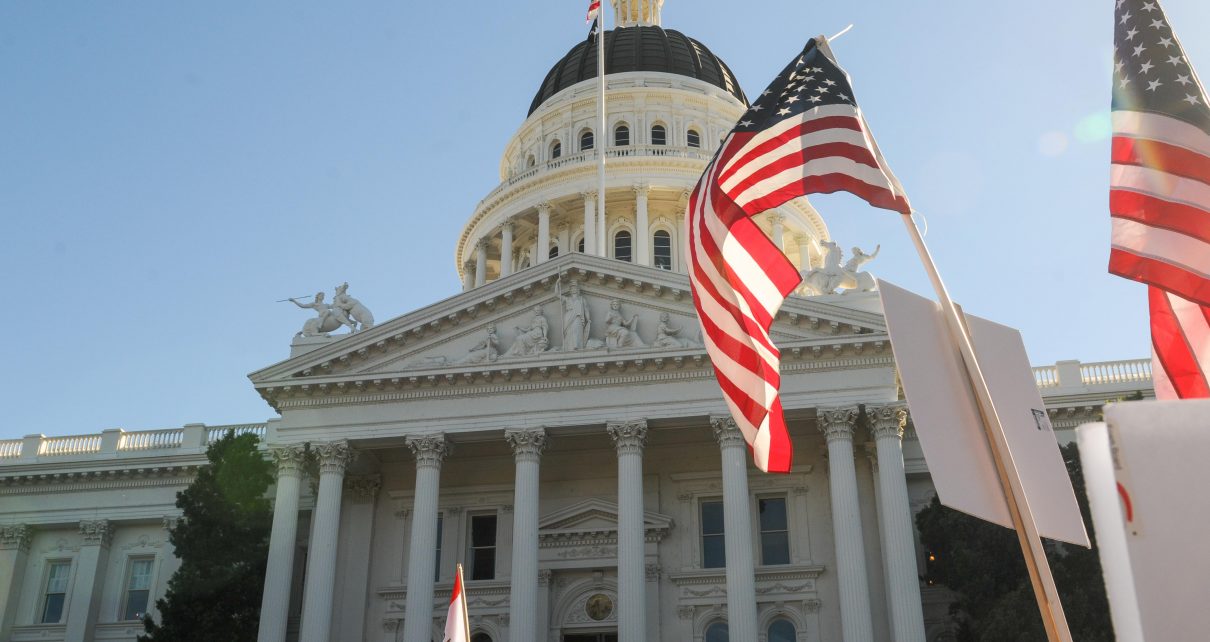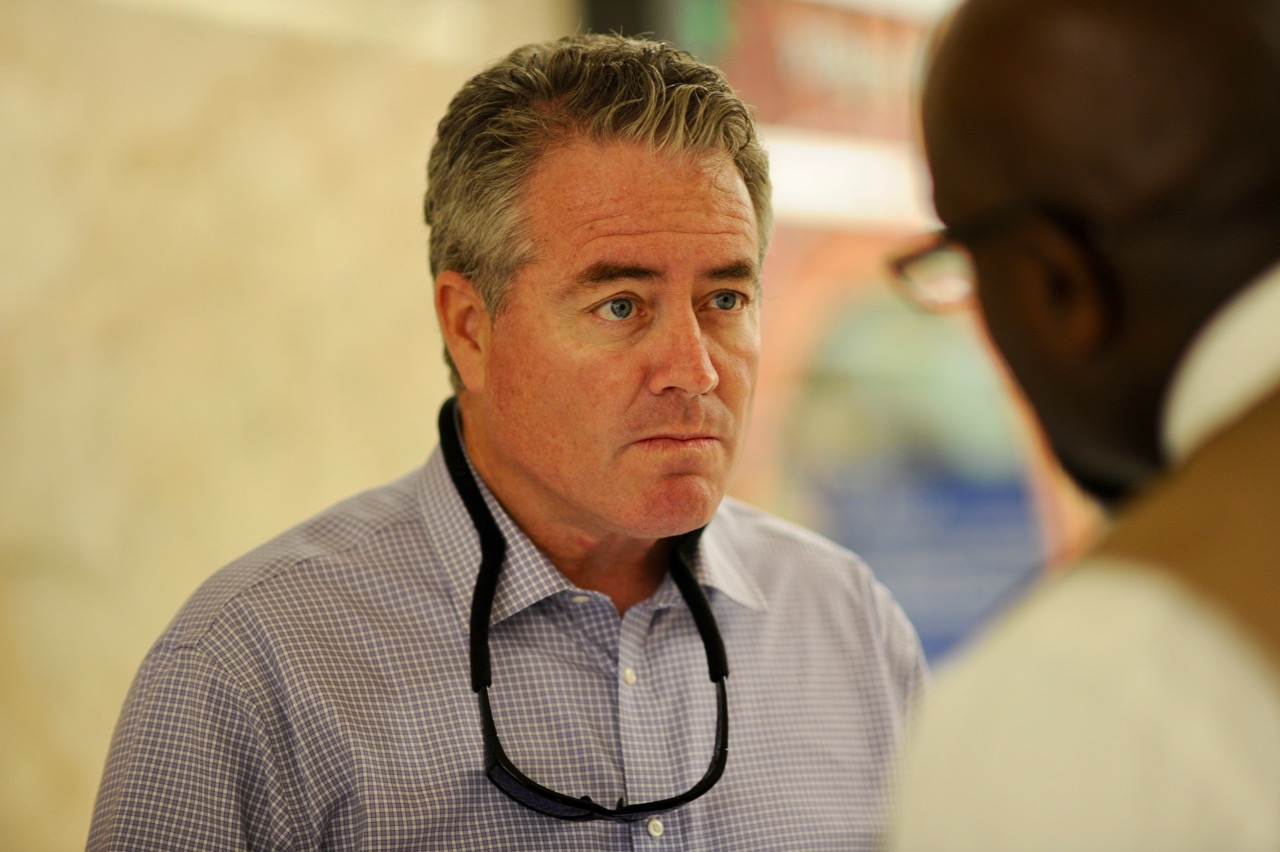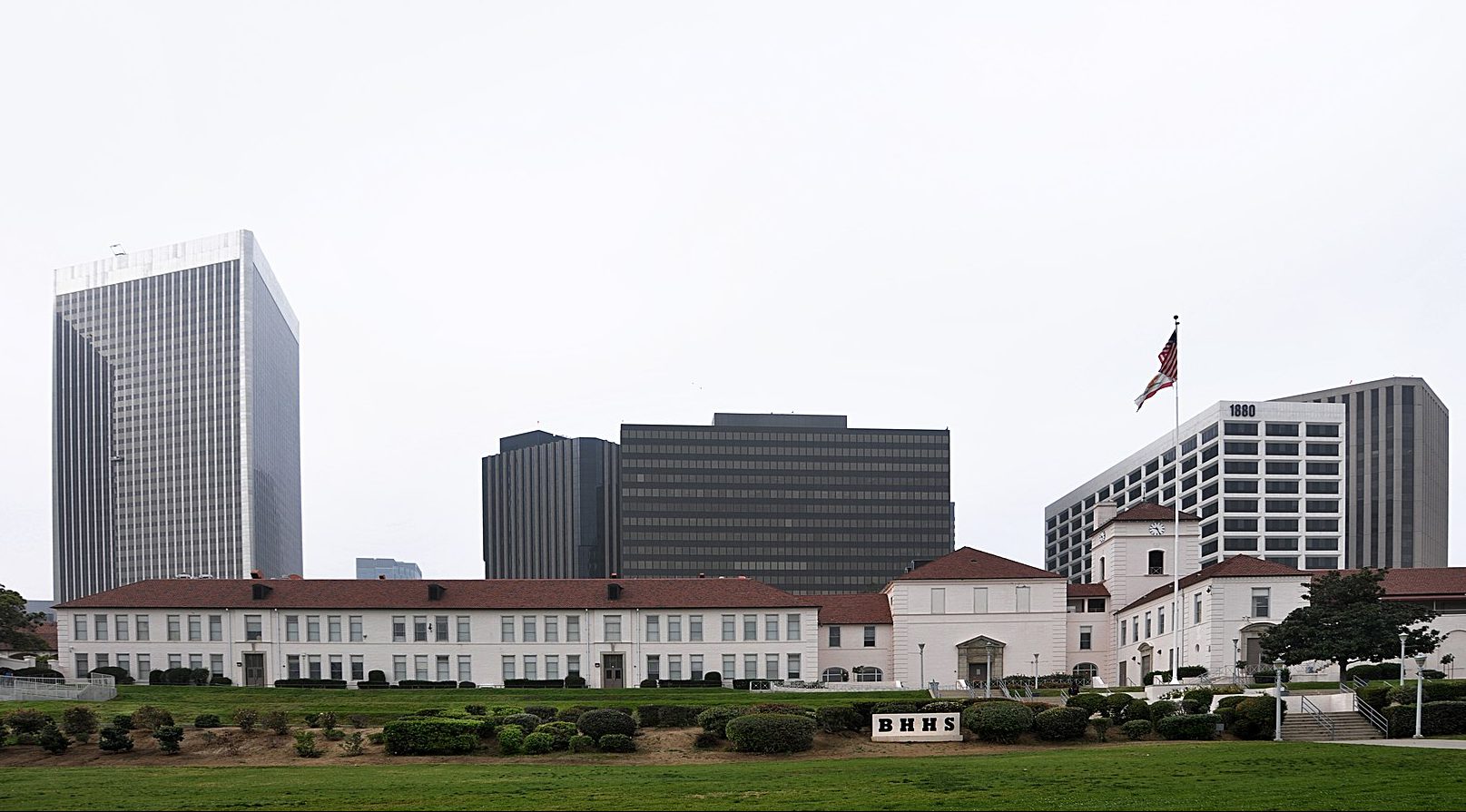
The Unforced Errors of California’s Populist Grassroots
California’s die hard populists are gathering in strength
By Edward Ring, February 21, 2022 2:21 am
In sports, an unforced error is defined as “a mistake in play that is attributed to one’s own failure rather than to the skill or effort of one’s opponent.” Nothing better describes the fact that California’s school choice advocates managed to come up with two competing ballot initiatives, so similar that it takes an expert to tell them apart.
While school choice efforts in California have arisen for decades, the earliest entrant for the 2022 election cycle came from the California School Choice Foundation, led by Michael Alexander. The committee he formed, Californians for School Choice, is currently gathering signatures for the Educational Freedom Act.
Also qualified for circulation, but no longer engaged in signature gathering, is the awkwardly named “Education Savings Account” initiative, sponsored by Fix California, which is founded and led by Richard Grenell.
These two committees could have worked together to promote one school choice initiative. That might have allowed them to pool their paltry resources and take on the behemoth called the California Teachers Association, which combined with other education employee unions in California rakes in an estimated $500 million per year in membership dues. But they didn’t.
Both of these initiatives, if approved, allow parents to receive into an “education savings account” the state funding for their child that ordinarily goes to the local public school. The parents can then use those funds to pay for their child to attend a private school of their choice. If a parent doesn’t want to participate, nothing changes, and their children continue to attend a publicly funded school.
To people who aren’t immersed in school choice issues, the differences between these two initiatives are underwhelming. Alexander’s initiative pays participating parents $14,000 per year per child, Grenell’s pays $13,000 per year. Alexander’s initiative grants eligibility to any parent of a K-12 student in California, Grenell’s restricts eligibility in the first few years to lower income parents.
The fact that the two groups of proponents could not agree on one initiative to jointly promote, instead of filing two competing versions, is a textbook example of an unforced error. If you care about school choice, how and why this coalition of people and organizations sharing the same strategic goals managed to splinter over tactical details is an appalling disappointment.
Grassroots Supported Initiatives Are the Future
Over the past decade the California State Legislature has worked steadily to make initiatives harder to qualify. The window for ballot initiatives is now restricted to only general elections every two years, and when hiring signature gatherers, firms have to carefully adhere to the somewhat ambiguous provisions of AB 5, which increases costs and legal exposure. But these barriers, and others including the COVID pandemic, do not begin to overcome the new opportunities offered by desktop printers and social media.
It is only a matter of time before a grassroots movement coalesces in California with sufficient critical mass that if the right initiative is launched, accomplishing the right political objectives, it can potentially qualify overnight. With barely 40 days left to gather the requisite signatures, it is even possible, though unlikely, that the Educational Freedom Act could offer the breakthrough example.
Consider this link on their campaign website: “Print your own petition.” This link provides clear instructions, including a printable PDF of the petition. A visitor to the Education Freedom Act website has merely to click these links, print the six page petition, then carefully follow the instructions to gather signatures and return it to the campaign.
A Sacramento attorney that specializes in state ballot initiatives, speaking on background, had this to say when asked if downloadable and printable state ballot initiatives are valid:
“In theory, yes. In most cases, the petition will consist of numerous pages and with all the required info, use of 8.5 x 11 standard home printer paper leaves little room for signatures most of the time. In order to be a valid signed petition, all the pages would have to be printed, stapled, signed, and returned. That is a tall order for people to complete accurately.”
It might be a “tall order,” but evidently it is not an impossible order. And Michael Alexander, a man with no quit in him, is putting the theory to the test. If you watch nothing else that comes out of this movement, watch this. Because it is a revolution. Imagine if millions of Californians mastered the skill of printing initiative petitions at home.
Gone are the professional printers, producing immaculate magnum opuses, formatted to accommodate 4,500 words of initiative verbiage on a single sheet 14″ x 17″ folded once, or 7,500 words of initiative verbiage on a single sheet 14″ x 25.5″ folded twice. Gone are the logistics of transporting literally millions of these initiatives from the printer’s shop to every county, every committee, every household, and every collection table at every public venue, in a state of 40 million people. Gone are the legions of paid signature gatherers, with all the cost and legal expenses they bring with them.
It’s important not to understate the remaining logistical hurdles that initiative proponents have to overcome, and it’s extremely unlikely an initiative campaign could ever completely bypass professional printing shops. But online communications and desktop printing have revolutionized the business or initiatives and recalls in California. Find a competent attorney for advice, then build a website, format a PDF, put out the word via email or social media, and stand back while overnight, a million followers load standard copy paper in a home printer, click a link, and make history.
California’s Growing Nonpartisan Populist Movement
Californians surprised the nation last week when an unstoppable multitude of enraged parents successfully recalled three of San Francisco Unified School District’s elected school board members. As impressive as this accomplishment was by virtue of being a sweep, more impressive were the margins. As reported by EdSource, “In a landslide, voters recalled board President Gabriela López and members Alison Collins and Faauuga Moliga. Partial returns from 128,000 mostly mail-in votes, more than seven out 10 backed the recall, with nearly 79% voting to oust Collins, 75% to remove Lopez and 72% to recall Moliga.”
San Francisco is a city with only 7 percent registered Republicans. It is also a multiethnic city; 40 percent white, 35 percent Asian, 15 percent Hispanic and 5 percent black. According to the New York Times, “it also appeared to be a demonstration of Asian American electoral power.”
Ward Connerly, a former member of the University of California Board of Regents and the author of Prop. 209, which outlawed affirmative action in California back in 1996 – and upheld by voters as recently as 2020 when 57 percent of voters statewide rejected Prop. 16 which would have brought back affirmative action – is working closely with Asian activists to eliminate racial discrimination in college admissions and elsewhere. “Asians are realizing that California’s institutions are failing,” said Connerly, “and they’re beginning to organize to repair the damage.”
This is the stuff of realignment, and it’s everywhere. Latino leaders such as Gloria Romero, who had risen to become the majority leader in the California State Senate, then left after recognizing the toxic impact the teachers unions were having on public education in the state. Black Californians such as Ward Connerly, and powerful Asian reform organizations – Black Californians such as Ward Connerly, and powerful Asian reform organizations.
Wealthy white liberals as well are belatedly realizing how broken some of California’s institutions have become, as exemplified by David Welch, who was behind the Vergara v. the State of California and the California Teachers Association litigation in 2012. Welch, supported by luminaries such as former Los Angeles mayor Antonio Villaraigosa, has filed an initiative for the 2022 ballot entitled the “California Right to High-Quality Public School Education Initiative.”
And then there are California’s die hard populists, stigmatized and stereotyped, but gathering in strength. That would include The California School Choice Foundation, along with Fix California. It would also include Orrin Heatlie’s all volunteer organization, famed for their stunning success qualifying the Newsom recall petition for the ballot in September 2021. Now renamed Rebuild California, Heatlie’s group is quietly preparing to trigger another political earthquake. Can all these groups find common cause and work together? They certainly can, and they should.
Grassroots movements, often led by volunteers, are bound to attract people with strong passions. Whenever someone is volunteering their time, their incentive to compromise is reduced. But perfect is the mortal enemy of the good. In public education, along with a lot of other policy areas, the people running California are making grievous errors. An underfunded team, using cheap online resources, can reach millions. They can fight and win, by highlighting these policy errors and offering solutions via the initiative process.
But they have to work together. In California’s growing nonpartisan populist movement, unforced errors have no place.
- Ringside: Will the Delta Pumps Operate at Capacity this Winter? - December 18, 2025
- Ringside: Will Advocates for More Water Supply Projects Find Unity? - December 11, 2025
- Ringside: EVs and California’s Future Demand for Electricity - December 4, 2025





One thought on “The Unforced Errors of California’s Populist Grassroots”